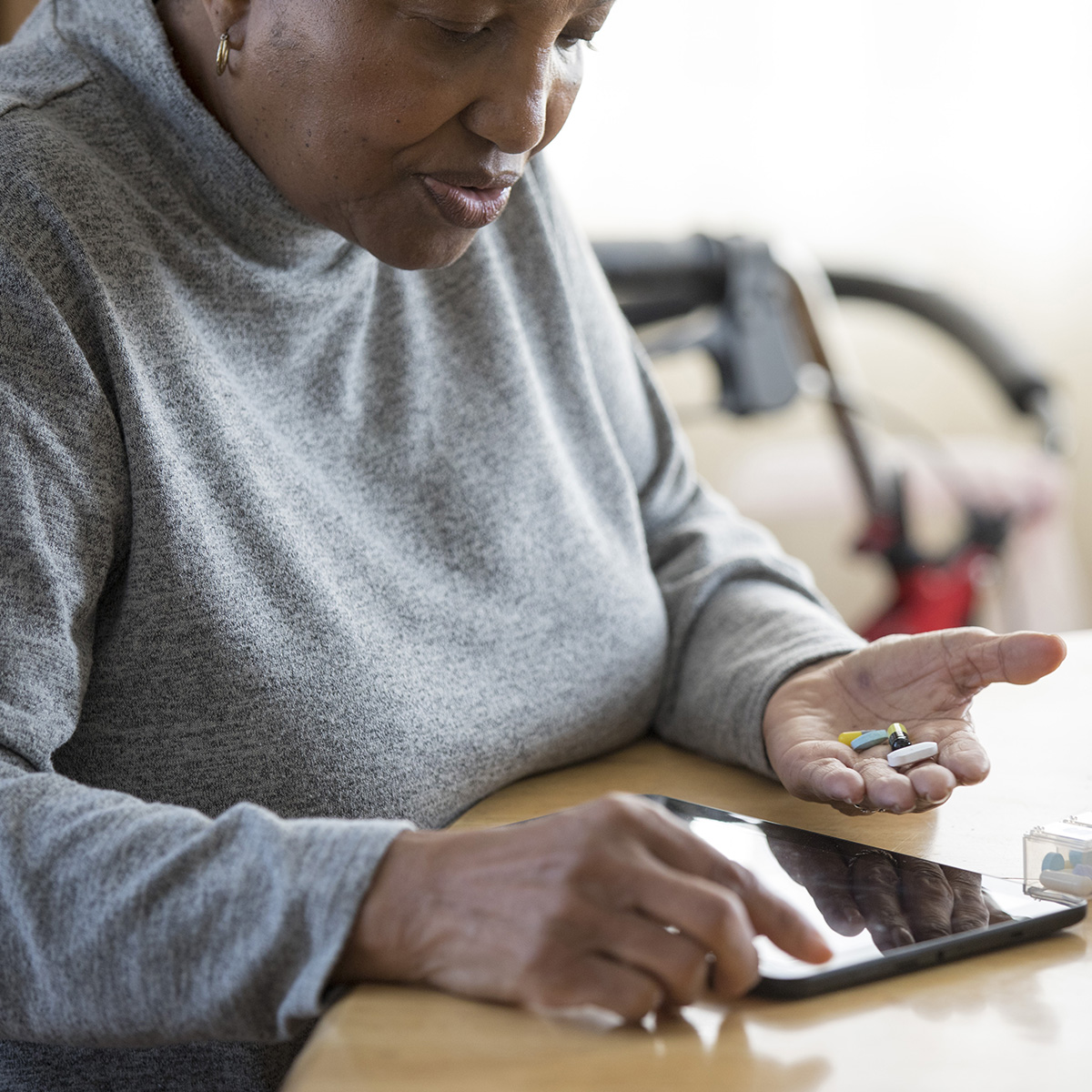Did you know that prescription drug prices in the U.S. are an average of 2.5 times higher than other Western countries?1 With this in mind, you might be wondering if switching to a generic drug is right for you. Let’s take a look at the differences between the generic and brand-name versions of prescription drugs.
What are generic drugs?
A generic drug is a medication with the exact same active ingredient as the brand-name drug, is taken the same way and offers the same effect. They do not need to contain the same inactive ingredients as the name-brand product and they can only be sold after the brand-name drug’s patent expires.2
Is there a difference between generic and brand-name drugs?
There are only two main differences between generic and brand-name drugs:
- The inactive ingredients, such as flavoring or preservatives, may change
- Generics generally cost less than brand-name versions3
How are generic and brand-name drugs similar?
The U.S. Food and Drug Administration sets standards for generic drugs to ensure they work the same way and have the same benefits and risks as their brand-name counterparts.4
Generic drugs must match the brand-name versions in the following ways :
- They must have the same active ingredients
- The dosage and strength must be identical
- The overall quality, stability and safety must be the same
A generic drug must be “bioequivalent” to the brand-name product, meaning they have to be chemically similar.5 A recent study that compared generics to brand-name drugs found on average only a 3.5% difference in absorption into the body.6
Are generic drugs made with the same standards as brand-name drugs?
Yes. The FDA requires a generic drug manufacturer to follow the same standards as the brand-name manufacturing process. They are often made in the same facilities. The agency conducts on-site inspections each year to make sure the manufacturers are following the rules.7
What are the potential cost savings of using generic drugs?
Generic medications on average are 80–85% less expensive than brand-name medications.8 Humana members can see how much they may save by signing in to MyHumana and selecting "Drug Pricing Tool" at the bottom of the page under "Tools & Resources."
Always talk to your doctor about the best course of your treatment. Some medicines don't have a generic version but your doctor or pharmacist can see if there are alternatives you can try. You may find the savings are well worth the change.
How else can I save money on prescription drug costs?
Besides switching to a generic, here are a few ways you may be able to cut costs on your prescription:
- Ask for a 90-day supply at your pharmacy: This may help lower your copay, which may add up to significant savings.
- Try mail-order: Check with your insurance policy to see if you have a lower copayment if you get your prescription through the mail.
- Pick a pharmacy in your plan’s preferred network: Make sure the pharmacy you visit is in your plan’s network before getting a refill.
- Sign up for a prescription discount program: These programs work directly with drug manufacturers to help keep costs down for patients.
- Search for non-profit organizations to help lower costs: These organizations may help you find assistance programs to lower the cost of your prescription.
- Pharmaceutical companies can help: Some companies sponsor assistance programs to help cover prescription costs for low-income individuals or people with disabilities.
Navigating the price of prescription drugs can be challenging, but remember:
- Never cut pills
- Never skip a dose
- Never stop taking your medication without speaking with your prescriber first
Brand products and generic equivalent
Below is a list of common brand-name medications and the generic version.
Brand products and generic equivalent
Compare Plans
Select plan
to compare
Select 2 or more plans to compare
Compare plans
Lipitor®
atorvastatin
Zofran®
ondansetron
Prilosec®
omeprazole
Neurontin®
gabapentin
Zocor®
simvastatin
Crestor®
rosuvastatin
Norvasc®
amlodipine
Abilify®
aripiprazole
Singulair®
montelukast
Seroquel®
quetiapine
This information is for educational purposes only and does not replace treatment or advice from a healthcare professional. If you have questions, please talk with your doctor.
Sources
- “Prescription Drug Prices in the United States Are 2.56 Times Those in Other Countries,” RAND Corporation, last accessed July 7, 2023, https://www.rand.org/news/press/2021/01/28.html.
- “Generic Drug FAQs,” Drugs.com, last accessed July 7, 2023, https://www.drugs.com/article/generic_drugs.html.
- “Generic Drug Facts,” U.S. Food & Drug Administration, last accessed July 7, 2023, https://www.fda.gov/drugs/generic-drugs/generic-drug-facts.
- “Generic Drug Facts.”
- “Do generic drugs compromise on quality?” Harvard Health Publishing, last accessed July 7, 2023, https://www.health.harvard.edu/staying-healthy/do-generic-drugs-compromise-on-quality.
- “Comparing generic and innovator drugs: a review of 12 years of bioequivalence data from the United States Food and Drug Administration,” National Library of Medicine, last accessed July 7, 2023, https://pubmed.ncbi.nlm.nih.gov/19776300/.
- “Generic Drug Facts.”
- “2020 Report: Generic Drug and Biosimilars Access and Savings in the U.S.,” Association for Accessible Medicines, last accessed July 7, 2023, https://accessiblemeds.org/2020-Access-Savings-Report.

